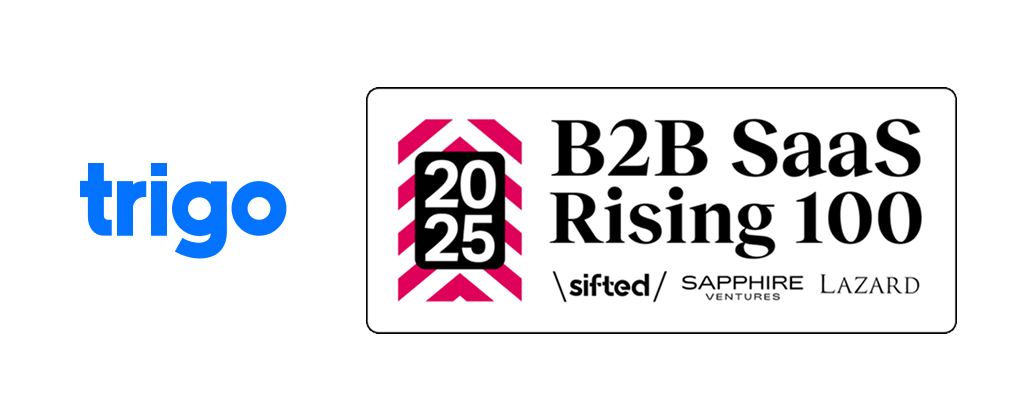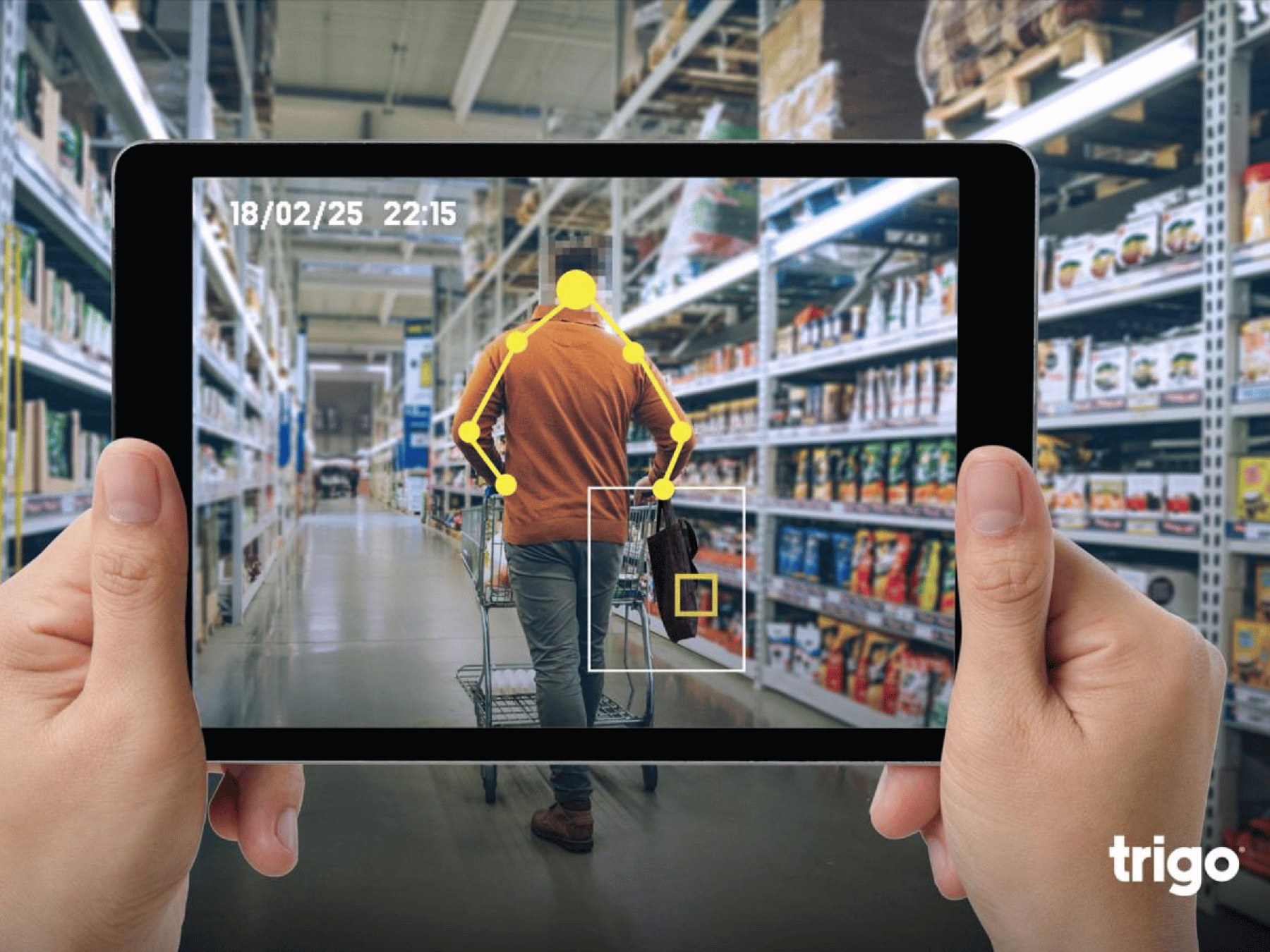In early May, the World Health Organization (WHO) announced the end of the Covid-19 pandemic. While that global health emergency is in the past, the cross-industry and cross-market disruptions it induced are still very present. Most glaringly, the shutting down of entire economies and most cross-border transportation routes have upended the first-world confidence that materials, food, and goods would always be available. Within months, if not weeks, of global Covid shutdowns, it became evident that the existing systems for the international supply of raw materials, parts, and goods on which most of us relied were fraught with vulnerabilities.
In the years that followed, the global supply crisis was further exacerbated by a number of unforeseen factors, including the war in Ukraine, the rising cost of oil, the global economic downturn, and the climate crisis causing frequent events of unpredictable weather.
Most retailers are dependent in some way on cross-border supplies and have felt this crisis deeply. Grocery retailers, who deal in the most essential commodities, and whose business relies on perishables, likely felt it more than others. So what can grocery retailers do to address lingering supply challenges and be more prepared to weather future economic storms?
The plain answer is that much of this is out of retailers’ hands. But some actions taken at the store level could have a meaningful impact on retailers’ endurance during supply crises. Let’s dive a little deeper into this to explore how merchants can optimize their end of the supply equation.
More than a buzzword: AI is the present, and future, of supply chain optimization
Since retailers have limited influence on major macroeconomic and geopolitical trends that shape the global supply chain, their control is limited to their in-store and logistical operations. To meet supply challenges head-first, retailers must be forward-thinkers, and develop a data-driven supply strategy.
In its Q1 business update, Kraft Heinz highlighted its investment in artificial intelligence-based supply chain visibility and optimization functions, enabling better planning, operational priorities, and waste reduction. The investment, the food manufacturer said, has added $30 million in net annual sales.
McKinsey reports that the majority of companies ramped up their digital supply chain investments significantly over the past several years in an effort to build supply chain resilience. Their recent survey found that in almost every sector, more than 90% of respondents reported digital supply chain tech investment in the last year.
AI technologies, including machine learning and computer vision, are allowing both manufacturers and retailers newfound visibility into their supply needs and logistics. For retailers, AI-powered data-processing capabilities enable predictive, data-driven stock management and replenishment processes to support better on-shelf availability and less spoilage, reduce-to-clear, and waste. Smarter, more efficient flow of goods enabled by AI help keep workforce, transportation, distribution, and storage costs to a minimum.
Supply chain vulnerability: What happens in the store, stays in the store
To maximize the capabilities of smart, efficient AI-powered supply chain management tools, retailers must minimize blind spots along the chain. For many retailers, even the most innovative ones, in-store supply distribution remains, effectively, a black box. Real-time, in-store product data is the final piece of the supply-optimization puzzle. In addition to helping retailers determine, among other things, strategies for product range and display, real-time in-store product data support next-generation predictive stock management and feeds the AI-powered supply management engine.
Store automation and frictionless checkout are often discussed in the context of customer experience since these solutions are primarily leveraged against the top two shopper pain points: long lines and out-of-stock. According to a recent report by PWC, the value proposition of frictionless checkout far exceeds, well, checkout. According to their research, the value of frictionless checkout is concentrated around the data insights delivered by certain computer vision-powered solutions. As retailers understand customer behaviors and journeys better, their ability to predict stock fluctuations improves, leading not only to better ordering, but also to waste reduction. “Linking this data with external insights such as weather will improve shelf availability and customer offer,” the report determined.
Assortment and inventory optimization are key value-adding applications of store automation, according to a recent Google report on the impact of AI applications on food and drug retail. By leveraging AI and in-store data, merchants can enhance product selection and achieve assortment optimization, in addition to more accurate demand planning. The report concludes that AI-powered demand planning is a critical use case for food and drug retailers, as it directly impacts key differentiators such as cost of goods sold, inventory holding costs, spoilage and markdowns, and, ultimately, margins and revenue. According to the report, nearly 50% of retailers have already implemented AI-driven demand planning solutions in some way.
Trigo’s EasyStock: real-time, in-store product data to power better product decisions
Trigo’s computer vision-based store automation solution transforms traditional grocery stores of all sizes into smart, frictionless checkout stores. Our solution generates a digital twin of your store in real time, in which it tracks shoppers’ movements and product interactions to deliver real-time data. This data drives operational efficiency, for example, by enabling predictive inventory management to reduce waste and out-of-stock, while strengthening retailers’ response to supply chain challenges. The cost-cutting and revenue optimization supported by Trigo’s technology enables grocery retailers to remain competitive and keep prices low during tumultuous economic times.









